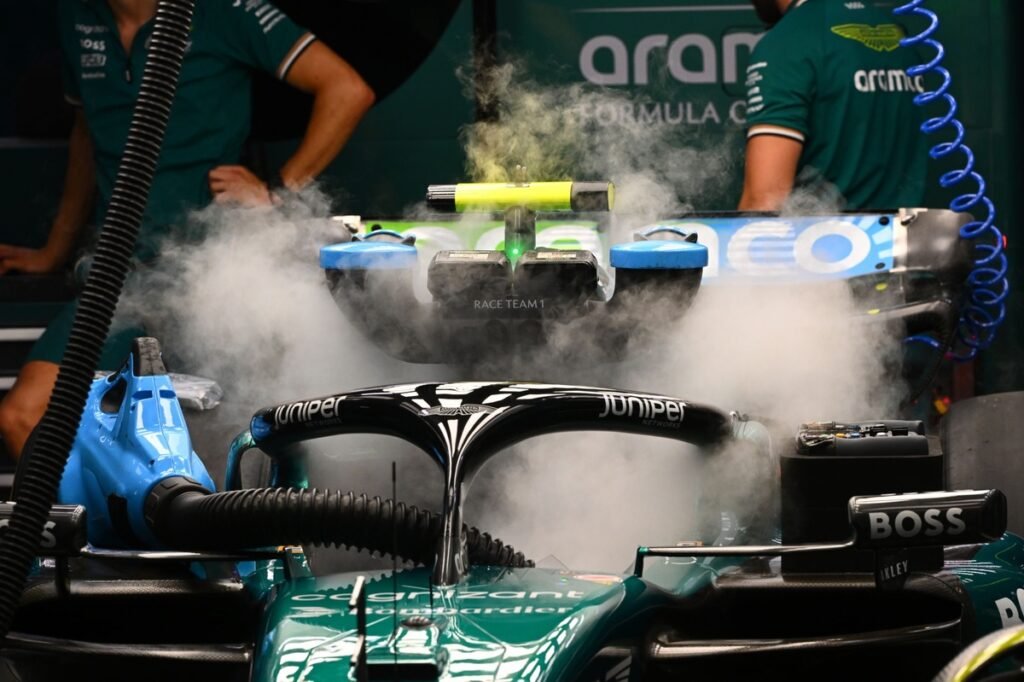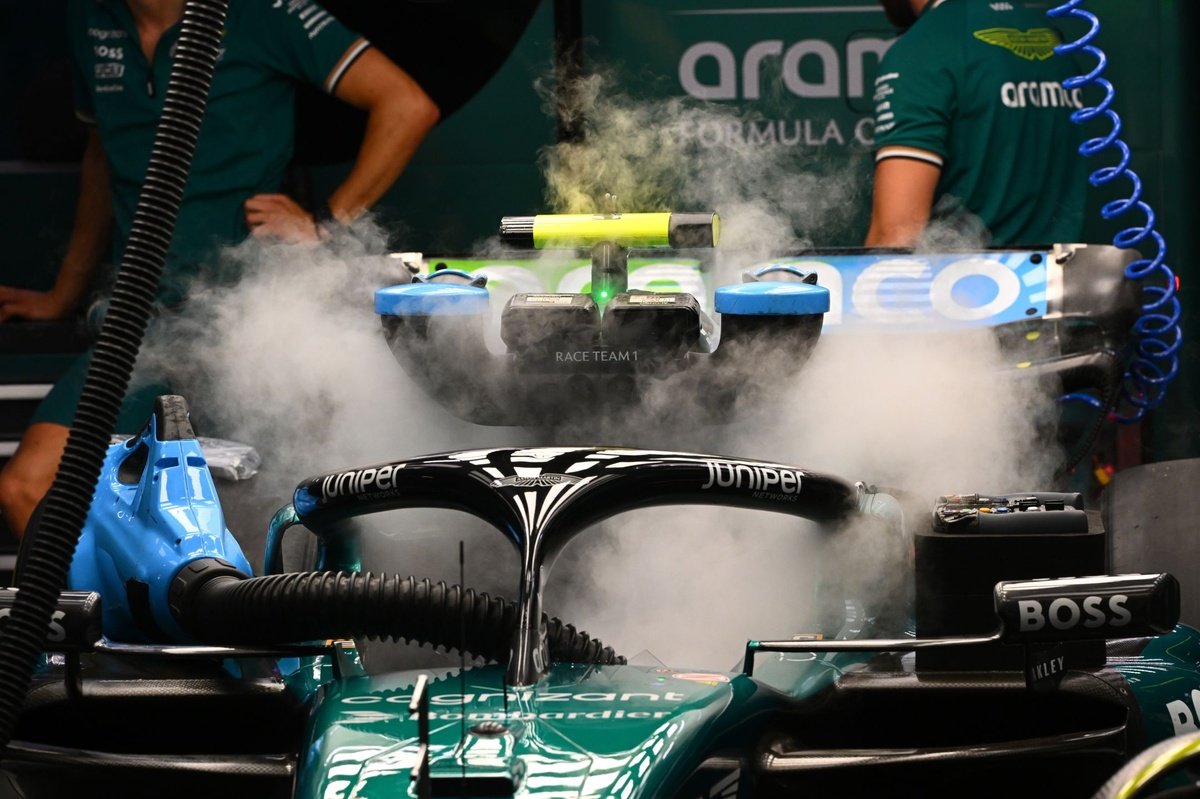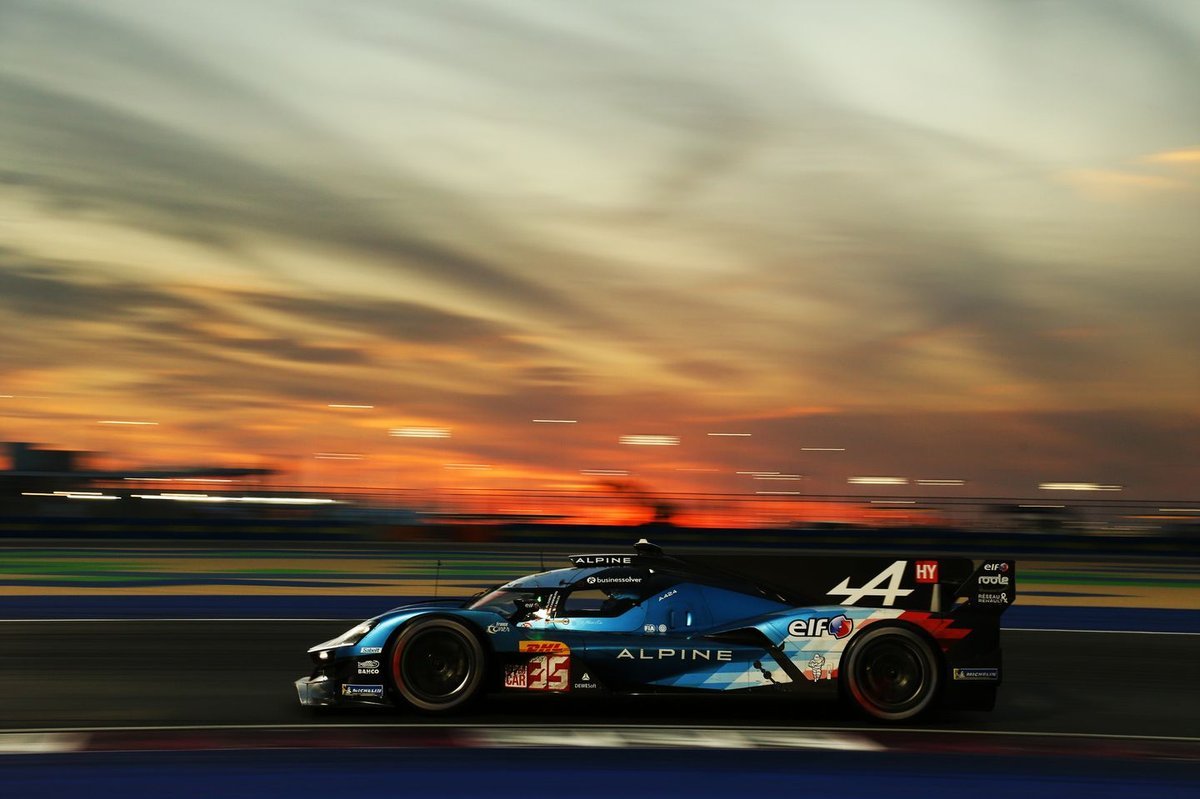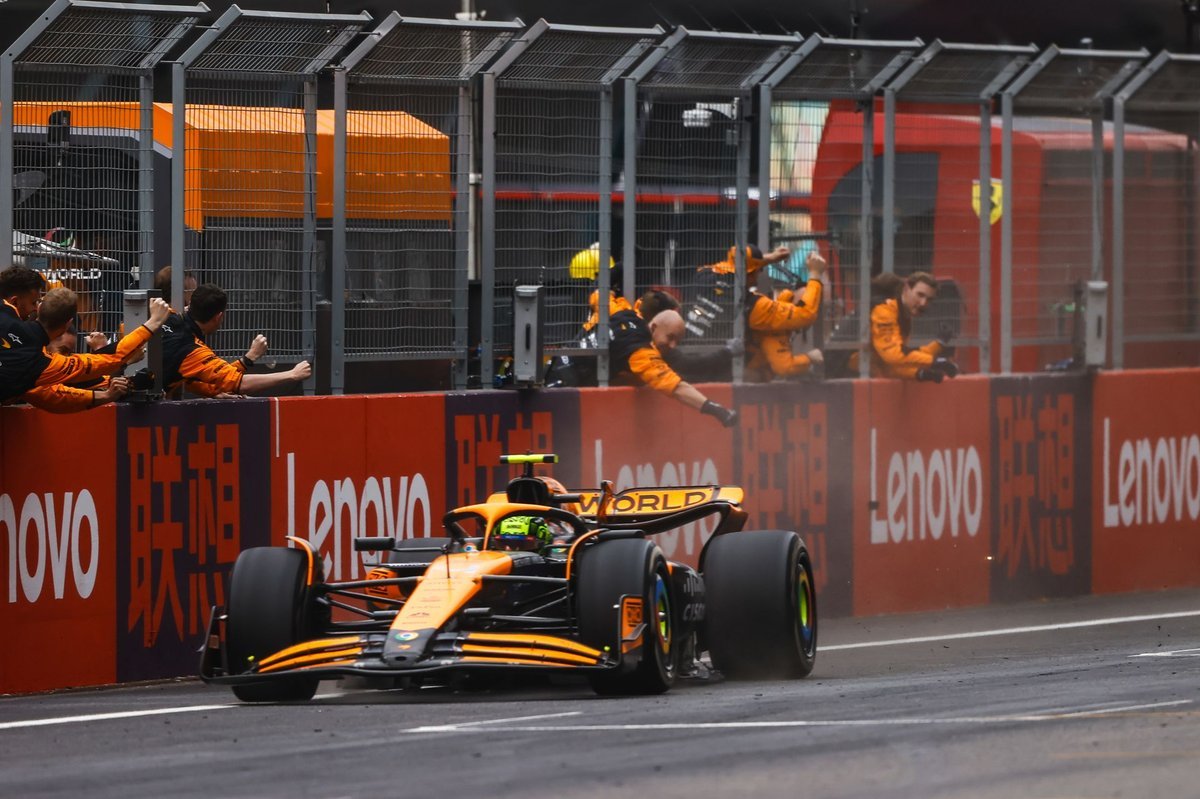
Source – Autosport.com
An inside look at the operation of the new cooling system that has been certified for 2025
The FIA has unveiled a groundbreaking initiative to enhance driver safety and comfort in Formula 1 with the development of a revolutionary cooling system. This innovation comes in response to the extreme heat challenges faced by drivers in recent seasons, particularly during the grueling 2023 Qatar Grand Prix. The new system, which is set to become mandatory from 2025 during events with high ambient temperatures, promises to redefine the way drivers endure the punishing conditions inside an F1 cockpit.
The Qatar Grand Prix of 2023 will be remembered as one of the most physically demanding races in recent memory. With temperatures hovering around 32°C and cockpit conditions exceeding 50°C, the intense heat pushed drivers to their physical limits. Several racers reported severe health effects, with Logan Sargeant forced to retire due to heatstroke, Esteban Ocon vomiting mid-race, and Lance Stroll briefly losing consciousness. The FIA, recognizing the severity of the situation, pledged to take immediate action to prevent such incidents from recurring, setting the stage for the development of an innovative driver cooling system.
The initial design of the cooling system centered around the concept of simplified air-conditioning, but challenges during the development phase led to a shift in approach. The prototype eventually tested during the Mexican Grand Prix employed a more practical mechanism. This involved circulating cooled water through a vest integrated into the driver’s overalls. Using a lightweight heat exchange system powered by a block of ice, the fluid was pumped around the vest, providing significant relief from the oppressive heat. While the prototype weighed under 5kg, future iterations may see slight increases to accommodate advancements in technology.
Unlike traditional methods, this system is designed to be integrated seamlessly into the car’s structure. Teams have the flexibility to place the cooling device within the cockpit or its surrounding bodywork, ensuring minimal impact on aerodynamics and overall car performance. Early feedback from the Mexico test suggested promising results, with drivers noting a noticeable improvement in their ability to manage cockpit heat. The test, although limited in duration, provided critical insights that will inform further refinements as the FIA gears up for full implementation in 2025.
The FIA’s vision extends beyond a single standardized design, granting teams the freedom to develop their own systems within specified parameters. This approach fosters innovation while maintaining a level playing field. Teams will be allowed to explore alternatives such as refrigeration tanks with pre-cooled liquids or even systems that circulate cooled air into drivers’ suits using advanced fan mechanisms. However, strict regulations will govern these designs to ensure they remain solely focused on driver cooling and do not inadvertently enhance vehicle performance.
Materials and coolants will be carefully regulated to prioritize safety. The FIA has outlined clear guidelines prohibiting the use of hazardous substances, such as dry ice, and mandating the use of safe coolants approved for skin contact. Furthermore, the rules will permit additional air intake systems for improved airflow, albeit within stringent size limitations to maintain the integrity of car designs.
The importance of such a system cannot be overstated. Formula 1 drivers operate under extreme conditions that test their physical and mental resilience. High G-forces, coupled with the intense heat inside cockpits, create a uniquely challenging environment. While many drivers, including seven-time world champion Lewis Hamilton, argue that such conditions are a part of the sport’s demanding nature, there is a growing recognition of the need to safeguard athletes’ well-being without compromising the essence of competition.
The new cooling system represents a significant step forward in driver safety, particularly as climate change increases the likelihood of extreme weather conditions during races. By proactively addressing these challenges, the FIA is setting a precedent for other motorsport disciplines, showcasing a commitment to innovation and adaptability.
As Formula 1 prepares for the 2025 season, this cutting-edge cooling technology symbolizes the sport’s relentless pursuit of progress. Balancing tradition with innovation, it ensures that drivers can continue to push the limits of human performance while competing in some of the most demanding environments on the planet. The FIA’s initiative is not just a response to a pressing issue; it’s a testament to the organization’s dedication to the athletes who make Formula 1 the pinnacle of motorsport.













